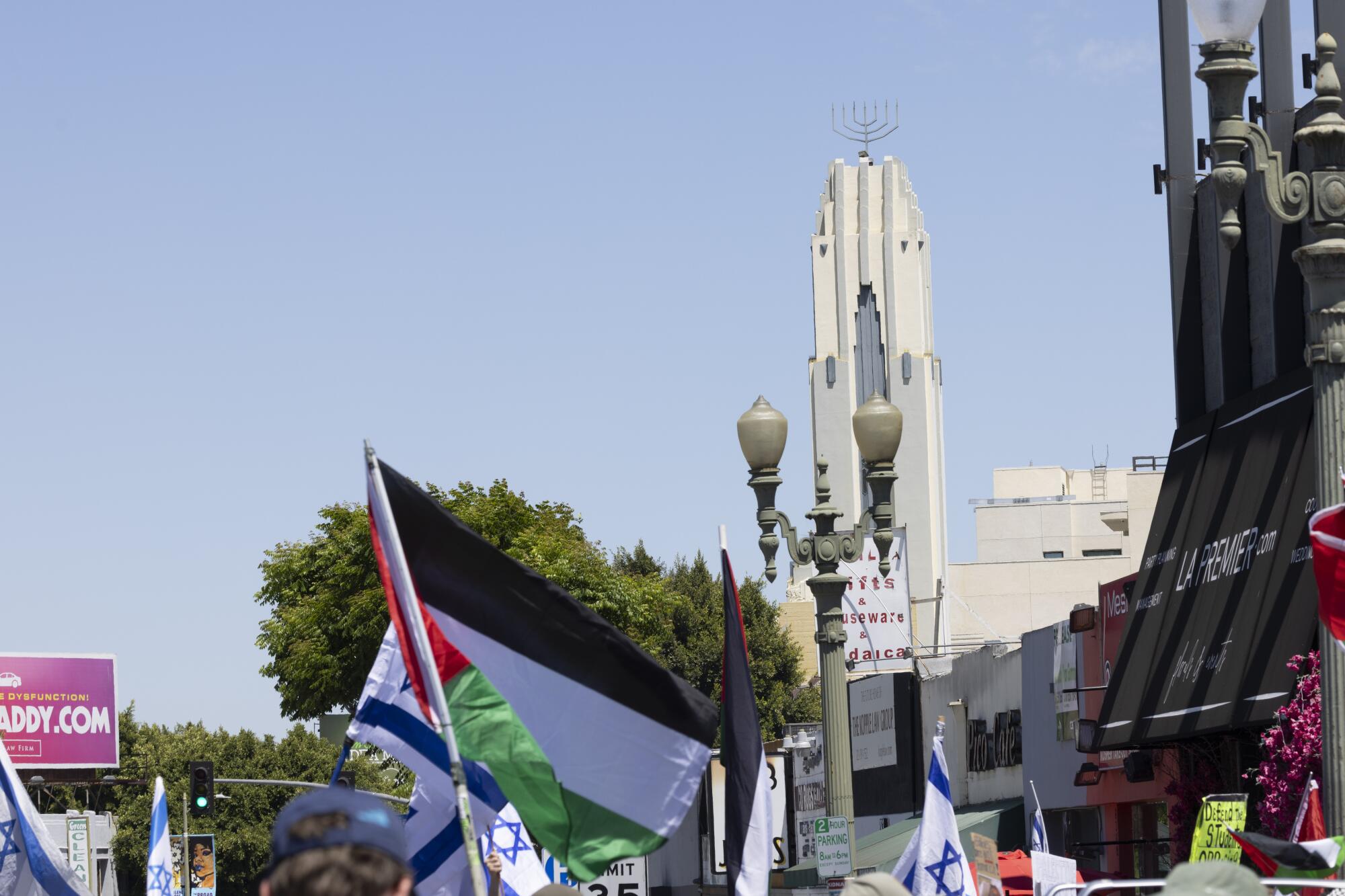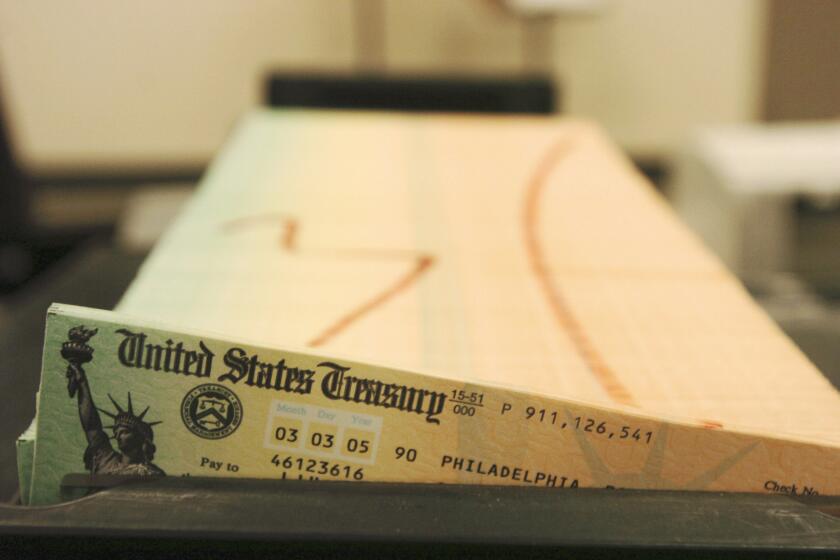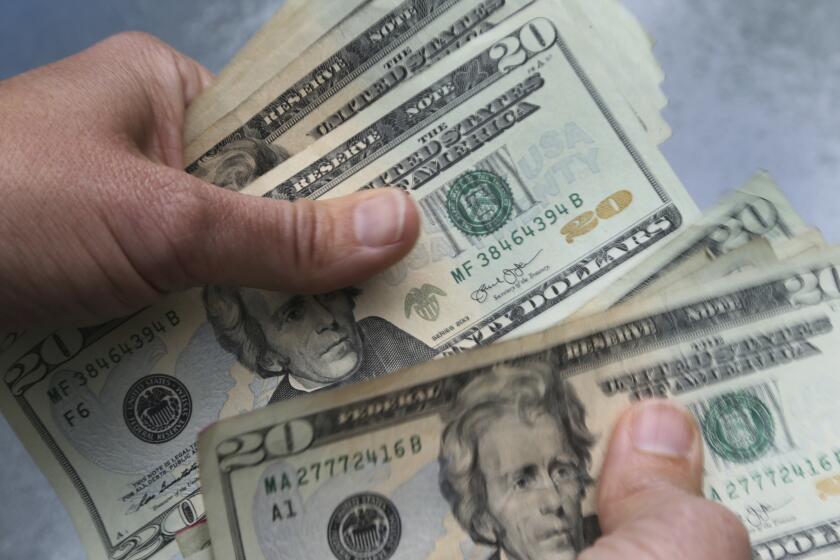
- Share via
Two horrific attacks — one at a Jewish museum in Washington and the most recent in Boulder, Colo., — remind us that Jewish identity remains a target in America. These attacks are part of a disturbing pattern of hate and violence stretching nationwide.
Antisemitism in the United States is at a generational high. The Anti-Defamation League reported 2024 as the year with the most antisemitic incidents since tracking began in 1979. After the Hamas attacks in Israel on Oct. 7, 2023, antisemitic acts — including harassment, vandalism and threats — soared: The incidence in 2024 was 893% higher than a decade earlier. Jewish students are afraid to speak on campus. Families are removing mezuzahs from their doorposts. Business leaders hesitate to speak out.
This is part of a well-worn cycle: Hate speech leads to hate crimes.
In Los Angeles, we can point to any number of incidents including Kanye West’s antisemitic tweets in October 2022, banners over the 405 shortly thereafter, thousands of horrific fliers, swatting of Jewish institutions and private homes, and worse.
We warned each time where this could lead. Sure enough, in March 2023 two Jewish men were shot in the Pico-Robertson neighborhood. In November 2023, Paul Kessler was killed at a demonstration in support of Israel, and in June 2024, we witnessed violent attacks on the Jewish community at Adas Torah Synagogue.
We cannot wait for more violence to act. The moment demands more than symbolic gestures. We do not need more community meetings, we need results. As a city that claims to be a beacon of progress and pluralism, Los Angeles ought to lead — first, by keeping its promise of supporting security for L.A.’s most vulnerable population.
After the Adas Torah violence, leaders of the Jewish community met with elected officials, who promised to better protect Jewish places of worship. This was to include creating “bubble zones” to deescalate tensions between protesters and worshipers, enforcing demasking ordinances (originally used so Ku Klux Klan perpetrators could be identified) and funding part of the regrettable but necessary costs of security at Jewish institutions.
That was almost a year ago. All of those promises have evaporated. There are no bubble zones. Demasking is not enforced. There is no supplementary money for private security. The city should keep its word and support Jewish communities so we can safely express our 1st Amendment rights.
Those promises from a year ago should have been the beginning, not the end. Far more action is needed.
Los Angeles schools should foster inclusion, not be places where Jews feel compelled to hide their identity. Unfortunately, too many Jewish students and professionals report being marginalized, gaslit or targeted — often by people who claim to be fighting for justice.
The city should ensure that K-12 schools and universities in L.A. are equipped to recognize antisemitism and respond effectively. State-mandated curricula such as ethnic studies should reflect the true diversity of the Jewish experience, including Sephardic, Mizrahi, Russian and Ethiopian stories. Jewish community leaders offered to help train LAUSD teachers on how to intervene when Jewish students are bullied or isolated — and we were rebuffed.
There are 50,000 Jewish students enrolled in public schools across the Southland. Their safety and inclusion should be a priority — publicly affirmed and consistently reinforced.
The recent spike in antisemitism is a warning to us all, because hate does not stay in one lane. Antisemitism often signals broader societal decay. That is why the most effective response is to fight all hate — together.
For the past several years, many Jewish leaders in L.A. have invested in civic partnerships in Black, Latino, Asian, LGBTQ+ and faith-based communities. We’ve built coalitions, trained together and advanced shared policy agendas to lift all communities up. We are immensely proud of this work.
But when it comes to antisemitism, it often feels like the Jewish community has been shouldering the burden alone. Philanthropy, corporations and government should supercharge this alliance so we can build mutual understanding, dispel conspiracy theories and provide rapid response when any group is under threat.
You do not need to be Jewish to be outraged by antisemitism. You only need to believe that every person deserves to live without fear. This is not a Jewish problem. This is a Los Angeles problem. And like homelessness, racial injustice and violence, it requires a whole-city solution.
Noah Farkas, a rabbi, is president and chief executive of Jewish Federation Los Angeles.
More to Read
Insights
L.A. Times Insights delivers AI-generated analysis on Voices content to offer all points of view. Insights does not appear on any news articles.
Viewpoint
Perspectives
The following AI-generated content is powered by Perplexity. The Los Angeles Times editorial staff does not create or edit the content.
Ideas expressed in the piece
- The author argues that antisemitism in Los Angeles has reached a generational high, citing a 45% overall increase in hate crimes and a 91% surge in anti-Jewish incidents in 2023[1][4][5]. They emphasize that attacks on Jewish institutions, such as the Adas Torah Synagogue violence, and the killing of Paul Kessler at a pro-Israel demonstration, demonstrate an urgent need for action beyond symbolic gestures[4][5].
- Los Angeles’s failure to implement promised security measures—such as “bubble zones” around synagogues, enforcement of demasking ordinances, and funding for private security—is highlighted as a critical shortcoming, leaving Jewish communities vulnerable[4][5]. The author criticizes the lack of follow-through by elected officials despite commitments made after the Adas Torah incident[4].
- The piece calls for systemic changes in education, including updating state-mandated ethnic studies curricula to reflect diverse Jewish experiences and providing training for LAUSD teachers to address antisemitic bullying. The rejection of such proposals by school officials is framed as a failure to protect 50,000 Jewish public school students[4][5].
- Coalition-building with other marginalized communities is presented as a proven strategy, but the author notes a perceived lack of external support in combating antisemitism compared to other social justice efforts[4][5].
Different views on the topic
- Some argue that the rise in reported hate crimes reflects improved reporting mechanisms, such as the LA vs Hate system, rather than solely an increase in incidents[5]. Robin Toma, executive director of LACCHR, notes that higher reporting rates indicate growing public trust in institutions to address hate[5].
- Critics may emphasize broader hate crime reduction strategies over group-specific measures, pointing to LACCHR’s focus on intergroup solidarity and county-wide programs targeting racism, xenophobia, and anti-LGBTQ+ violence[1][5]. The report’s inclusion of record victimization rates for African Americans, Latinos, and transgender individuals underscores competing priorities[1][5].
- The ADL links rising antisemitism to anti-Israel activism, noting that over half of 2024 incidents were tied to protests related to the Israel-Hamas conflict[2][3]. This perspective shifts blame to geopolitical tensions rather than local policy failures, complicating unified solutions[2][3][4].
- Officials like Kathryn Barger stress data-driven approaches, asserting that the annual hate crimes report serves as a tool for targeted interventions rather than an indictment of current efforts[4]. This contrasts with the author’s portrayal of systemic inaction[4][5].
A cure for the common opinion
Get thought-provoking perspectives with our weekly newsletter.
You may occasionally receive promotional content from the Los Angeles Times.









